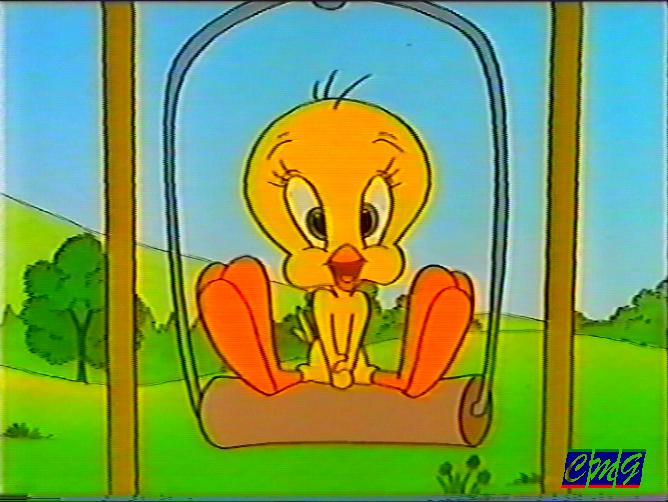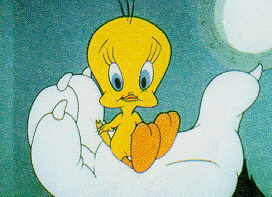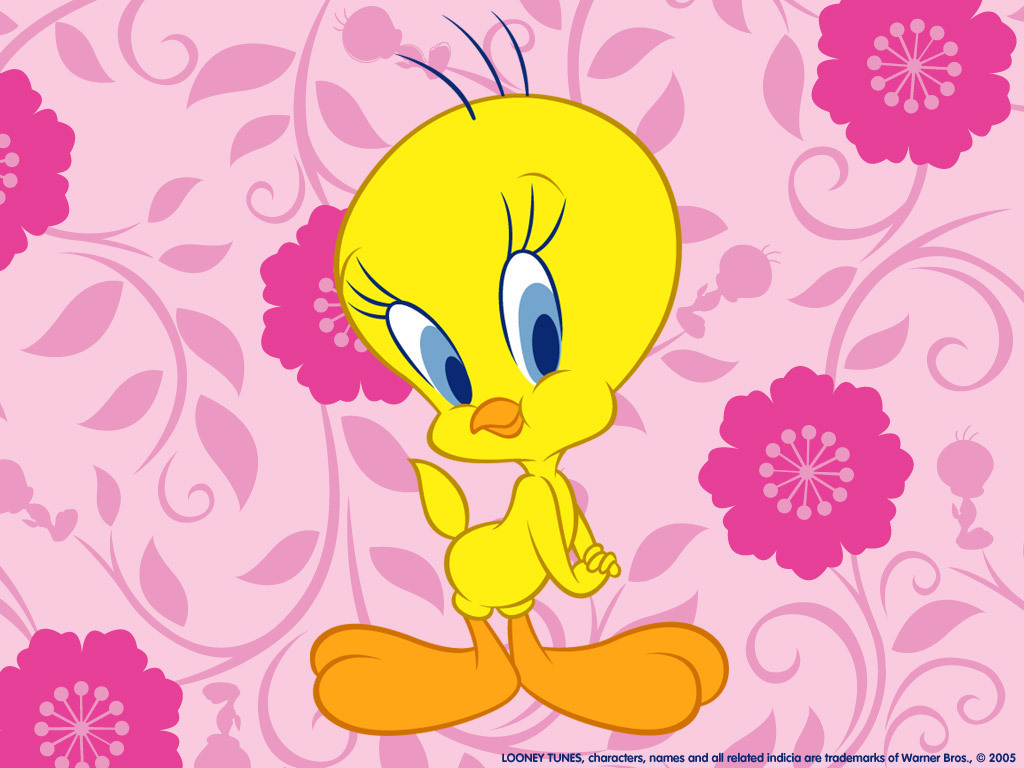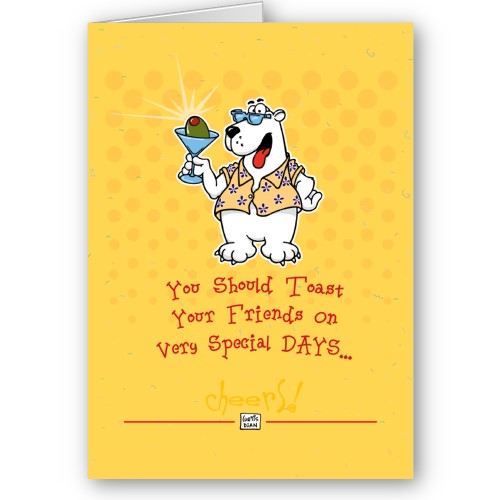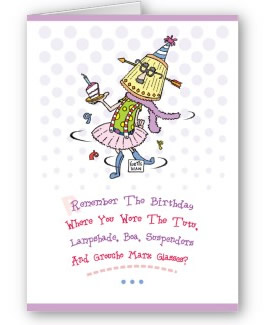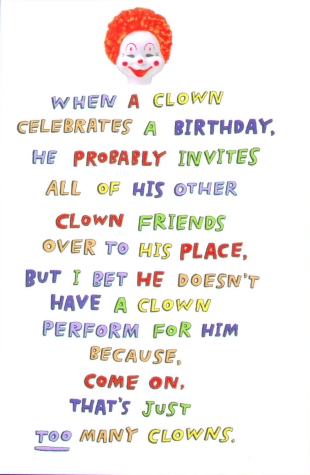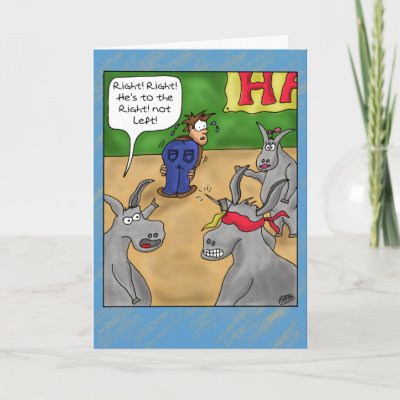Sylvester is in Yosemite National Park and, hearing birds chirping, climbs up the tree to Tweety's nest, despite the ranger's warnings. Unfortunately, he hasn't hatched, so Sylvester must wait him out. Once Tweety does hatch, he decides to poke the cat in the butt with a pin needle, to get him off. Sylvester then gives chase, with Tweety hiding in a hole in the tree; the cat forces him out with an air pump, but Tweety sends up a stick of dynamite instead. The chase then continues to another tree, with Tweety sawing the branch Sylvester is on.
Some time later, Tweety is singing about what Sylvester would want with him, while Sylvester sits below, scarred and bruised at attempting to scale the barbed wire. Sylvester hacks the tree down, only to have it fall on himself.
The next attempt involves Tweety hiding in Old Faithful's geyser. He sets the clock and jumps in, while Tweety sets the clock to 12:00, the time it erupts, forcing the cat upward.
Tweety then hops on a log and starts rowing down a river, with Sylvester close behind in a rowboat. However, there is a waterfall ahead; Tweety jumps off, but Sylvester does not, and he desperately tries to row upward once he realizes where he is. Tweety offers assistance by turning on the emergency control; this merely causes Sylvester, not yet in safe waters, to fall down. Tweety then comments that Sylvester is going to hurt himself if he isn't more careful.
He then tries to swing and catch Tweety, but is crushed by a log smasher.
Friday, October 28, 2011
Lotus Flower Reflections
It mainly focuses on the Yellow Pikmin standing in front of a Toadmin decorated with TVs showing lightning that represents the emotions the Pikmin feel in relation to their involvement in the game. It was shot on September 26, 2001.
"Ai no Uta" (愛のうた, Song of Love?) is an image song released in conjunction with the video game Pikmin for the Nintendo GameCube. The song was only used in commercials for the game and does not appear in the game itself, and those commercials appeared only in Japan. A small clip of the song though can be heard being sung by the Pikmin in Pikmin 2, and the song is one of the default tracks available for the Distant Planet stage in Super Smash Bros. Brawl (along with a new, French language version). The song is sung by the virtual group Strawberry Flower, who also sang the theme song for Pikmin 2. The title of the song translates to "Song of Love," so named because the song expounds on the emotions the Pikmin feel in relation to their involvement in the game.
From Pikmin: Red Pikmin (debut), Blue Pikmin (debut), Yellow Pikmin (debut)
The song was featured in commercials for the Pikmin video game, in order to stimulate flagging sales. The song became immediately very popular and soon became one of the most recognizable songs in Japan at the time. Many people had memorized the song from the commercials, and soon after the sales of the video game rose nearly fivefold. The song itself was released as a CD Single on December 6, 2001 and remained in the top ten for several weeks. Unexpectedly, the song actually outsold the game it has advertised, beating Pikmin's sales figures shortly after its release as a single. The song was a remarkable media phenomenon in that it sold equally well to audiences of all ages and tastes. The largest purchasing demographic of the song was middle aged men. The single is rare and out of print.
"Ai no Uta" (愛のうた, Song of Love?) is an image song released in conjunction with the video game Pikmin for the Nintendo GameCube. The song was only used in commercials for the game and does not appear in the game itself, and those commercials appeared only in Japan. A small clip of the song though can be heard being sung by the Pikmin in Pikmin 2, and the song is one of the default tracks available for the Distant Planet stage in Super Smash Bros. Brawl (along with a new, French language version). The song is sung by the virtual group Strawberry Flower, who also sang the theme song for Pikmin 2. The title of the song translates to "Song of Love," so named because the song expounds on the emotions the Pikmin feel in relation to their involvement in the game.
From Pikmin: Red Pikmin (debut), Blue Pikmin (debut), Yellow Pikmin (debut)
The song was featured in commercials for the Pikmin video game, in order to stimulate flagging sales. The song became immediately very popular and soon became one of the most recognizable songs in Japan at the time. Many people had memorized the song from the commercials, and soon after the sales of the video game rose nearly fivefold. The song itself was released as a CD Single on December 6, 2001 and remained in the top ten for several weeks. Unexpectedly, the song actually outsold the game it has advertised, beating Pikmin's sales figures shortly after its release as a single. The song was a remarkable media phenomenon in that it sold equally well to audiences of all ages and tastes. The largest purchasing demographic of the song was middle aged men. The single is rare and out of print.
Funny Birthday Card
The Topps Pokémon cards were purely for entertainment, pleasure and collecting, but a new niche of collectible card games was also developing during this period (a Pokémon trading card game was produced simultaneously by Wizards of the Coast). Topps made its first foray into the world of games in July 2003 by acquiring the game company WizKids for $29.4 million in cash, thus acquiring ownership of the rights to the well-known gaming universes of BattleTech and Shadowrun. By inventing yet another niche, the constructible strategy game Pirates of the Spanish Main, this unit managed to reach profitability. Topps shut down Wizkids operation in November 2008 due to the economic downturn, terminating the brand while keeping their intellectual properties as the Topps company.
Berger hired a garbage boat to remove leftover boxes of 1952 baseball cards stored in their warehouse, and rode with them as a tugboat pulled them off the New Jersey shore. The cards were then dumped into the Atlantic Ocean. The cards included Mickey Mantle's first Topps card, the most valuable card of the modern era. No one at the time, of course, knew the collector's value the cards would one day attain. Currently, a pack of 1952 Topps baseball cards is worth at least $5,000.
In 1958, O-Pee-Chee Company of London, Canada entered into an agreement with Topps to produce NHL cards (the 1957-58 series) and Canadian football cards (the 1958 series). O-Pee-Chee then started printing its own hockey and football cards in 1961. Similarly, the Topps Company struck agreements with Amalgamated and British Confectionery in the United Kingdom and Scanlen's in Australia.
Topps grabbed national attention early in 2007 when the new card of Yankees' shortstop Derek Jeter was found to have been altered to include an image of Mickey Mantle standing in the dugout and President George W. Bush walking through the stands.
While "Traded" or "Update" sets were originally conceived to deal with players who changed teams, they became increasingly important for another reason. In order to fill out a 132-card set (the number of cards that fit on a single sheet of the uncut cardboard used in the production process), it would contain a number of rookie players who had just reached the major leagues and not previously appeared on a card. They also included a few single cards of players who previously appeared in the regular set on a multi-player "prospects" card; one notable example is the 1982 Topps Traded Cal Ripken, Jr.. Since a "rookie card" is typically the most valuable for any given player, the companies now competed to be the first to produce a card of players who might be future stars. Increasingly, they also included highly touted minor league players who had yet to play in the major leagues. For example, Topps obtained a license to produce cards featuring the U.S. Olympic baseball team and thus produced the first card of Mark McGwire prior to his promotion to the major league level, and one that would become quite valuable to collectors for a time. This card from the 1984 squad appeared in Topps's regular 1985 set, but by the next Olympic cycle the team's cards had been migrated to the "Traded" set. As a further step in this race, Topps resurrected its former competitor Bowman as a subsidiary brand in 1989, with Bowman sets similarly chosen to include a lot of young players with bright prospects.
Berger hired a garbage boat to remove leftover boxes of 1952 baseball cards stored in their warehouse, and rode with them as a tugboat pulled them off the New Jersey shore. The cards were then dumped into the Atlantic Ocean. The cards included Mickey Mantle's first Topps card, the most valuable card of the modern era. No one at the time, of course, knew the collector's value the cards would one day attain. Currently, a pack of 1952 Topps baseball cards is worth at least $5,000.
In 1958, O-Pee-Chee Company of London, Canada entered into an agreement with Topps to produce NHL cards (the 1957-58 series) and Canadian football cards (the 1958 series). O-Pee-Chee then started printing its own hockey and football cards in 1961. Similarly, the Topps Company struck agreements with Amalgamated and British Confectionery in the United Kingdom and Scanlen's in Australia.
Topps grabbed national attention early in 2007 when the new card of Yankees' shortstop Derek Jeter was found to have been altered to include an image of Mickey Mantle standing in the dugout and President George W. Bush walking through the stands.
While "Traded" or "Update" sets were originally conceived to deal with players who changed teams, they became increasingly important for another reason. In order to fill out a 132-card set (the number of cards that fit on a single sheet of the uncut cardboard used in the production process), it would contain a number of rookie players who had just reached the major leagues and not previously appeared on a card. They also included a few single cards of players who previously appeared in the regular set on a multi-player "prospects" card; one notable example is the 1982 Topps Traded Cal Ripken, Jr.. Since a "rookie card" is typically the most valuable for any given player, the companies now competed to be the first to produce a card of players who might be future stars. Increasingly, they also included highly touted minor league players who had yet to play in the major leagues. For example, Topps obtained a license to produce cards featuring the U.S. Olympic baseball team and thus produced the first card of Mark McGwire prior to his promotion to the major league level, and one that would become quite valuable to collectors for a time. This card from the 1984 squad appeared in Topps's regular 1985 set, but by the next Olympic cycle the team's cards had been migrated to the "Traded" set. As a further step in this race, Topps resurrected its former competitor Bowman as a subsidiary brand in 1989, with Bowman sets similarly chosen to include a lot of young players with bright prospects.
Subscribe to:
Comments (Atom)





